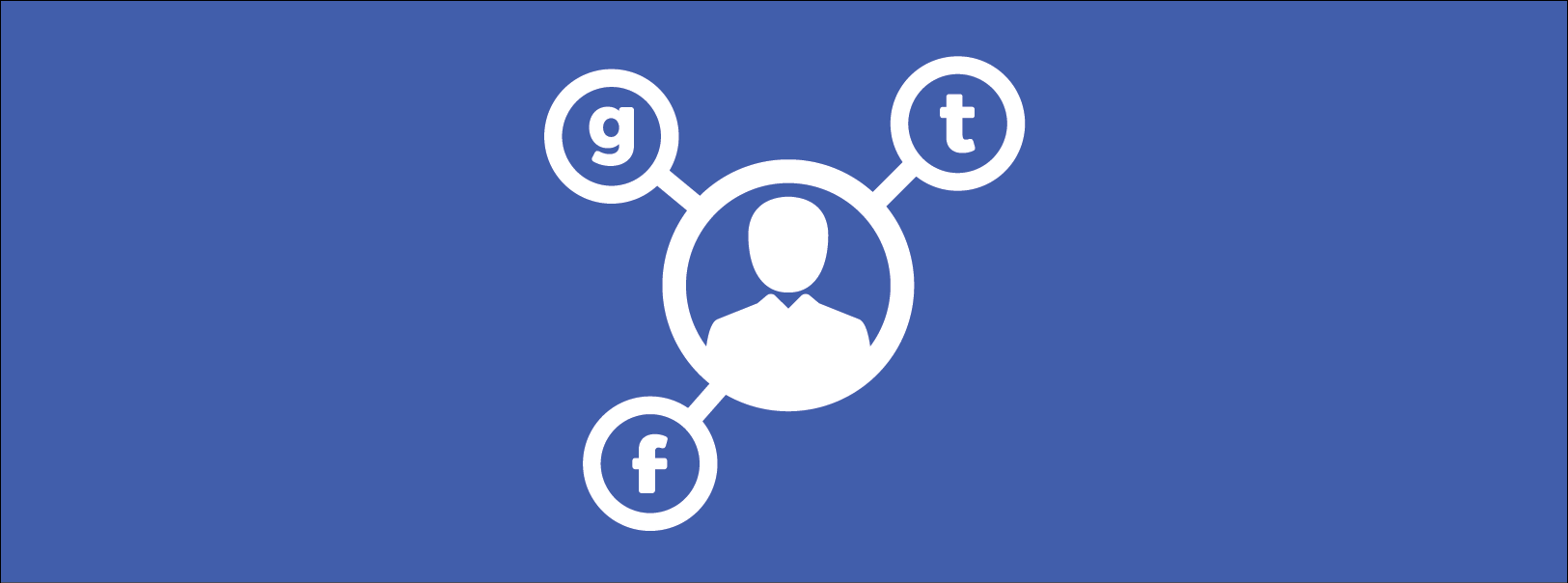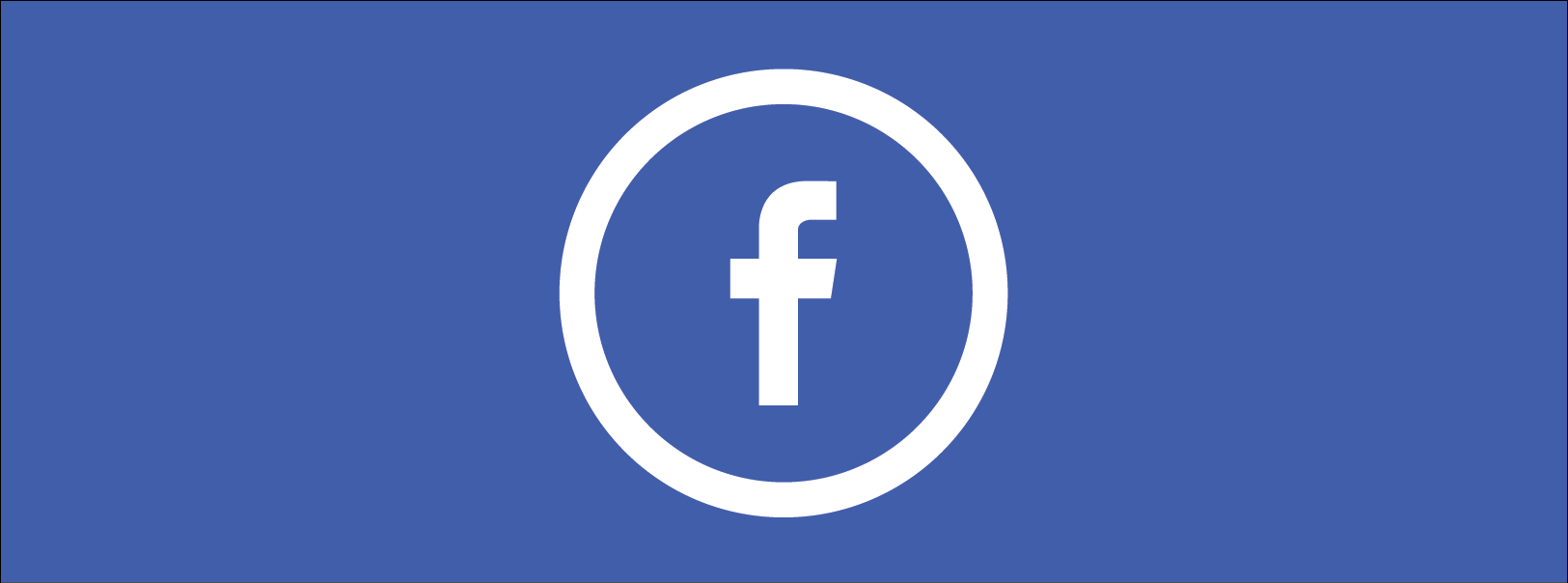If you use a Facebook page to promote your business online, you’ll know that your like count – the number of users who have liked your page – is among the most critical metrics you monitor in order to understand the reach and success of your social marketing activities. The more “likes” you have, the more people that will see your posts, and the more likely it is too that those posts will appear in their friends’ feeds, spreading the message further. But Facebook has announced that page owners should expect a drop in likes – here’s the lowdown.
Facebook’s announcement means that since March 12 you may have seen a drop in the number of likes, or fans, attributed to your page. If you’ve been wondering what you did wrong to cause the drop, you can rest assured that it’s unlikely to be a result of ineffective marketing or unengaging content on your part. Rather, Facebook has been hard at work removing inactive accounts from the social network.
The kind of Facebook accounts affected by the move are those of deceased users whose friends or family have opted to have the profile memorialized. The page remains visible, but is clearly marked as in remembrance of the user and becomes a place for relatives to share memories. Accounts also affected are those whereby the user has opted to deactivate their profile and take a break from the site. In the case of deactivated profiles, if the user later returns to Facebook and begins using their profile again, the like will be re-added to your page’s count at that point.
In making this move, Facebook aims to ensure that the like count for a page more accurately reflects the number of active users who actually see and engage with the page’s content. There’s no denying that it is easy to become distracted by high like counts, when often the reality is that only a fraction of those users are the people you are aiming to target, or indeed real humans at all. The social network already filters out likes and comments for specific posts from those with deactivated or memorialized accounts, so this change simply represents an extension of this policy to the more visible metric of a page’s overall like count. From Facebook’s perspective, the move also helps it to deliver a better overall experience, since taking the bloatedness out of artificially inflated numbers helps users get a better idea of which pages are popular and which are most relevant to their needs and interests.
Businesses should consider Facebook’s shift a positive one, since it leaves you with a clearer perspective on the real audience your page is getting and removes the potential to be seeking false comfort from a high page count that doesn’t actually reflect the level of active engagement. The move has echoes of recent efforts by Instagram to flush out spam accounts from its system – some high-profile celebrities saw their follower counts drop by the thousands after these accounts were banished. Though the dip in Facebook page likes may continue for a further few weeks as more accounts are flushed out from the count, most page owners will notice only a small difference. If you suffer a more drastic drop, treat it as a wake-up call to try new tactics to deliver engaging content and organically drive a more genuine Facebook audience.
Need advice on how to build a social media audience and use it to generate leads? Get in touch today and see how we can help.


